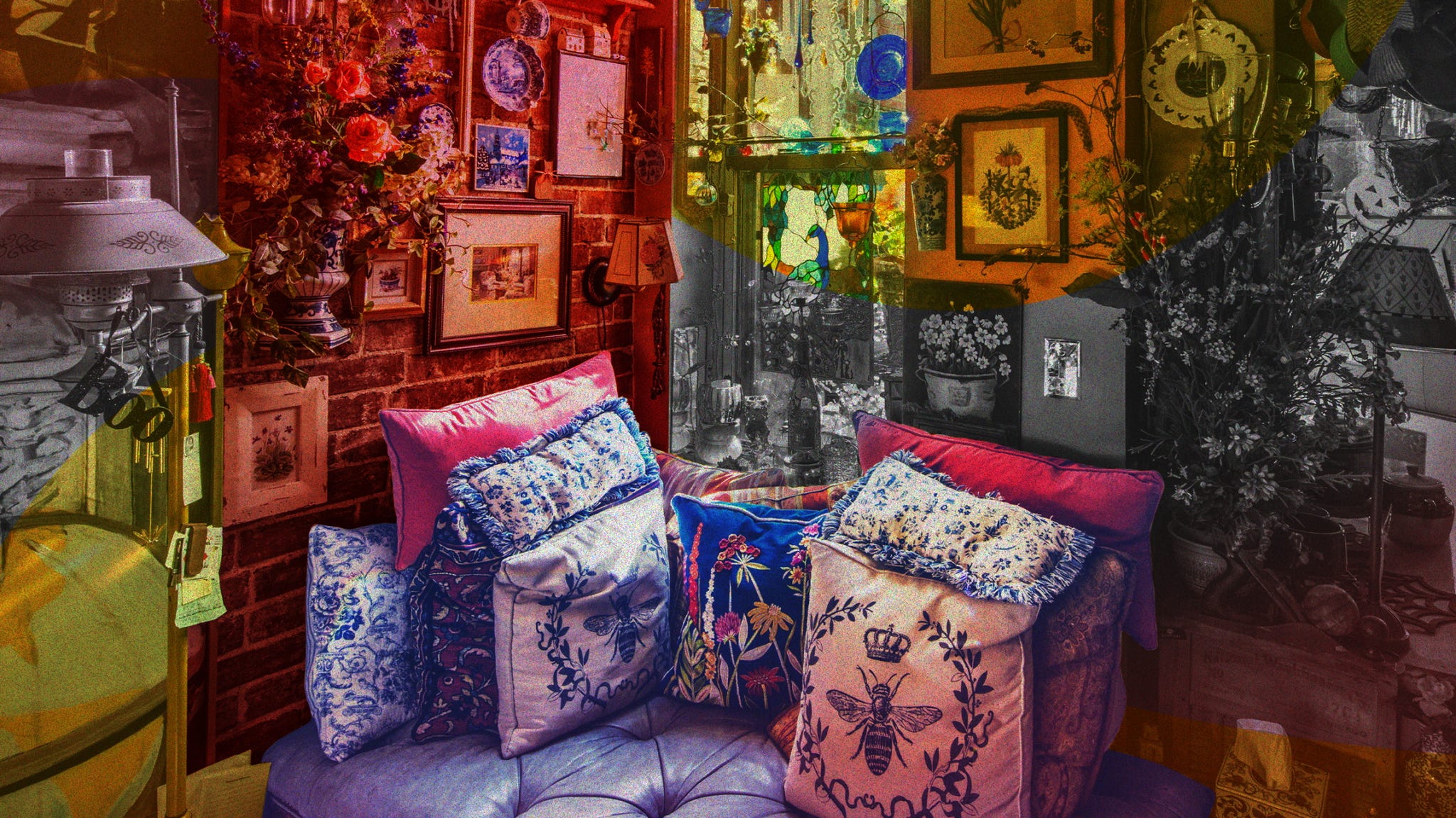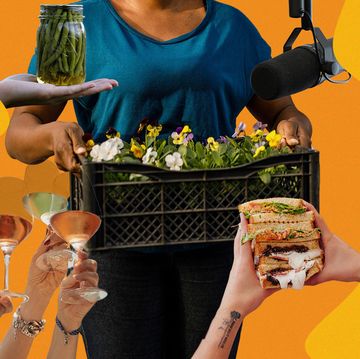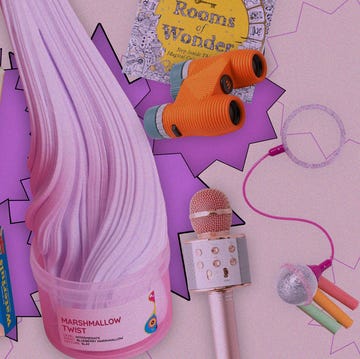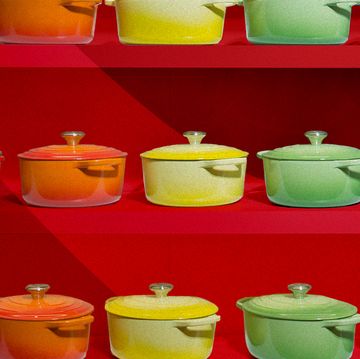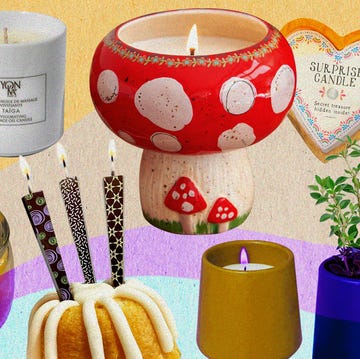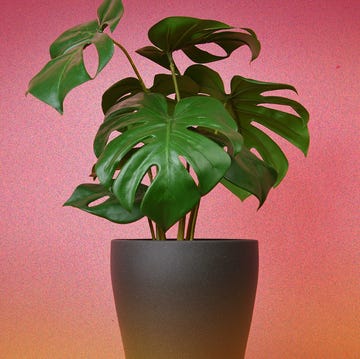When Michelle Delabrer moved into her house, she filled the space with all the things she loved: a framed photo of the Weasley family from the Harry Potter films, an array of Japanese rice ball tchotchkes, and manatees. Lots and lots of manatee trinkets. “They’re all reminders,” says the graphic designer, “of happy things.”
During the bleak early days of the pandemic, surrounding herself with her beloved knickknacks helped her cope with the loneliness of quarantine life. In moments of uncertainty, Delabrer gazed at the keepsakes displayed throughout her three-bedroom home in College Park, Maryland, and she felt transported. She says abundance has always been her style. Now, that style has a name: cluttercore.
The aesthetic trend, which sprang out of social media, is the unapologetic celebration and display of sentimental items, a permit to live out loud in the comfort of your own personal space. On TikTok, the #cluttercore hashtag has been used more than 79 million times. Unlike other social media-fueled design trends, such as cottagecore and maximalism, cluttercore is more invested in nostalgia and self-expression, which psychologists say can actually be good for your mental health.
Jordie Smith, a Detroit-based licensed marriage and family therapist, says cluttercore can create a sense of safety. She believes the ability to curate your own space can be comforting because “your home is truly your canvas.”
What are the benefits of cluttercore?
“Any time you can take control of something in your life, it’s empowering,” says Lindsay Bennett, a self-proclaimed cluttercore enthusiast who lives outside Charlotte, North Carolina. “I’ve always decorated based on what makes me feel good. When I come home from work, what do I want to see when I walk through the door?”
Bennett, who posts Instagram photos of the three-bedroom home she shares with her husband and menagerie of pets, lives in a space that many guests have likened to a museum or library. Art covers every inch of wall space, stained glass refracts color on boldly painted walls, and eclectic decor features prominently on almost every surface. For example, on one table, a transparent lamp base is filled with decapitated Barbie doll heads she procured on eBay.
“Someone was selling them,” Bennett says of the doll heads. “That person is crazier than me.” She routinely rearranges and dusts her collections — yes, even the doll noggins — a ritual that helps lift her spirits. “It’d be like if, in the middle of a bad day, someone sat you down and made you look at a photo album of your favorite people.”
Touching the beloved objects and recalling the memories they evoke gives Bennett “instant serotonin.” Psychologists say that’s because sentimental items are grounded in nostalgia, a wistful look back to the past with a happy association. In turbulent or uncertain times, nostalgia can be a stabilizing force as well as a compass for the future, according to Clay Routledge, a psychologist and director of the Human Flourishing Lab. Nostalgia can also serve as a reminder that difficult times are temporary.
“It’s a way to use your past to help you move towards your future,” Routledge says. “It’s a boost of confidence.” Routledge says cherished objects can provide comfort and points to a series of studies in 2015 that examined nostalgia’s close association with a self-image of higher authenticity.
Yes, something as innocuous as a mammoth collection of manatee memorabilia can help signal the way forward. For Delabrer, the aquatic mammals are “perfect, gentle giants” that she fell in love with during her childhood trips to Florida to visit her grandparents. As she holds up a small manatee made of felt, a handmade gift from a friend, she proclaims, “I’m going to keep it for the rest of my life.”
Why does clutter have a bad reputation?
While the mental health benefits of cluttercore are plentiful, the trend isn’t for everyone. According to a 2012 study from the University of California, Los Angeles, too much stuff can cause stress. As a result, business is booming for the home organization industry because of the rising demand to downsize possessions. Critics say decluttering to achieve minimalism can drive people to the landfill to conform to restrictive ideas of what home spaces should truly look like.
“At one point, I was going to challenge Martha Stewart to a duel,” jokes Mary Randolph Carter, author of the books The Joy of Junk and A Perfectly Kept House Is the Sign of a Misspent Life. “Then, it was Marie Kondo.” For her, cluttercore is not a fad. She’s been writing about the exquisite beauty of junk for more than 30 years and believes clutter should be celebrated because it’s “the poetry of our homes.”
The author’s New York City apartment is a nest of personal belongings, textiles, furniture, and children’s artwork that wraps her up in the warmth of memories. Carter’s children ate their meals in the kitchen next to a yellow banana clipboard that still hangs on the wall. She notes that when they return as adults, they look fondly at the memento. Similarly, a nearby velvet painting of Elvis Presley brings Carter back to her teen years when she was the president of an Elvis fan club.
“These things are little totems of your life that contain stories,” Carter says. “If you have things that you love, it’s a shame to have them stashed away in drawers and cupboards.”
A minimalist lifestyle may also be impractical for families with children, who often delight in collecting and creating chaos. Sherri Dupree-Bemis, a cluttercore enthusiast, songwriter, and artist from Tyler, Texas, with five children under the age of 10, knows that all too well. “There is a lot of stuff,” Dupree-Bemis says. “Our house might look like someone set off a glitter rainbow grenade, but to us, it’s just our favorite things, and they make us feel inspired.”
How do you adopt cluttercore?
The cluttercore life requires discipline. There’s a distinct line between the growing trend and its black-sheep cousin: hoarding. Without oversight, the abundance of stuff can descend into chaos and therefore be detrimental to mental health. Smith says red flags of cluttercore gone awry include the over-accumulation of unintentional stuff or when trash is in the way of beloved objects.
“Another way that a person can assess if the clutter is becoming unhealthy is by paying attention to how their body is feeling,” Smith adds. “If they notice the clutter is preventing them from having clarity or causing anxiety, this may be a sign that the clutter is no longer serving the purpose of bringing joy.”
Ultimately, cluttercore comes down to a proper balance of decoration and function, according to Carter. “You need to leave space to live,” she says. “It’s healthy to occasionally take stock and say, ‘Okay, I think I need to have a yard sale.’”
Lynda Lin Grigsby is a Southern California-based writer who has contributed to NBC News, Parents, PopSugar, Scary Mommy, SheKnows, and Pasadena Magazine.
Get Shondaland directly in your inbox: SUBSCRIBE TODAY
